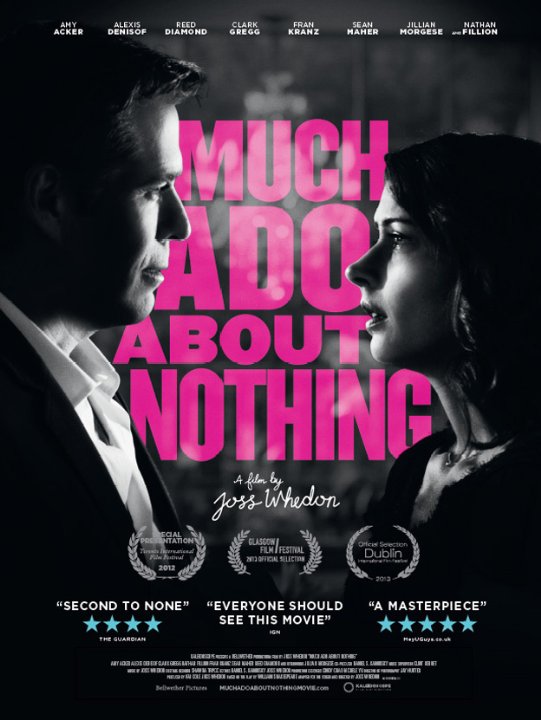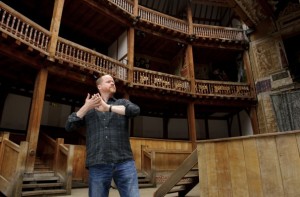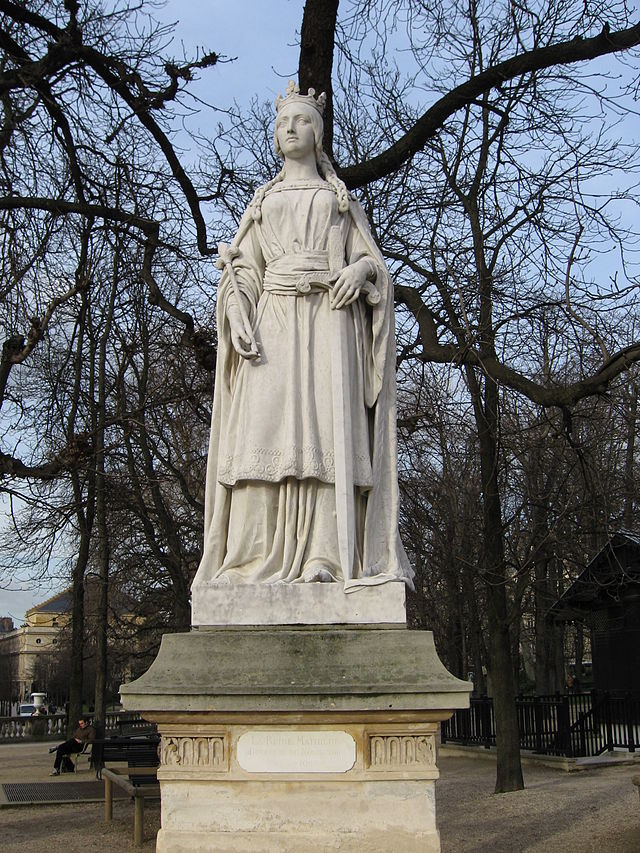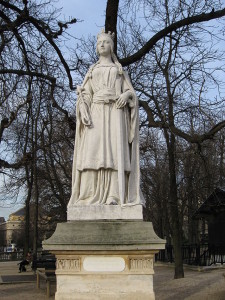This BBC programme, all about how the Stewarts led the century that set up England, Scotland and Ireland to become Great Britain, is a highly watchable and accessible piece of work by Dr. Clare Jackson, of Cambridge University.
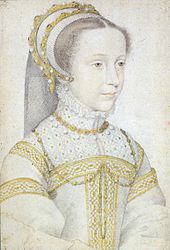 (Mary, Queen of Scots as a young girl)
(Mary, Queen of Scots as a young girl)
“The Stuarts” BBC Programme Link
In it, she starts of telling the story of James VI and his impeccable lineage, descended from not only the Scottish Stewarts, but also the Danish royal family (Through Margaret of Denmark), and, more importantly, the English royal family (through his paternal great-grandmother, Margaret Tudor). He had apparently always felt that he would unite the crowns and kingdoms of England and Scotland under one man, himself. Dr. Jackson then takes us through his efforts to legally unite the two nations, but for James, to no avail.
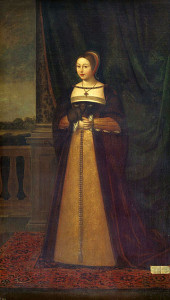 (Margaret Tudor, daughter of Henry VII and Elizabeth of York)
(Margaret Tudor, daughter of Henry VII and Elizabeth of York)
What was curious for me, and I was glad to see it, was that she had also paid attention to Henry Frederick, James’ eldest son and Prince of Wales. In many texts, his life tends to be glossed over a bit as it wasn’t he, but his younger brother Charles, who succeeded their father as King. This was due to a premature death at the age of 18. From there, Dr. Jackson goes into the story of Charles as Prince of Wales and his incredible journey to Spain. She supposes that much of his style of kingship was influenced by his time there as a guest of King Philip IV. His love of pageantry and his insistence on ceremony may also have been influenced by Philip’s court.
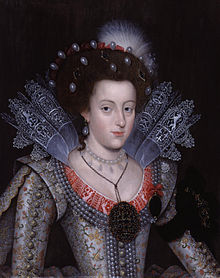 (Elizabeth Stuart, the Winter Queen, daughter of Anna of Denmark and James I)
(Elizabeth Stuart, the Winter Queen, daughter of Anna of Denmark and James I)
She concludes the episode after explaining how Charles came to be king, married a French princess, the Catholic Henrietta Maria, and the struggles he faced over religion with Scotland.
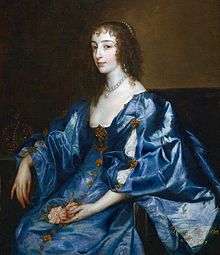 (Henrietta Maria, queen consort to Charles I)
(Henrietta Maria, queen consort to Charles I)
All in all, this episode is a fabulous bit of history and it was quite enjoyable to watch! The only thing that was frustrating to me, really was the lack of Queen Anna. Her name was mentioned exactly once. That was in reference to the death of Henry. Was Anna’s influence as queen consort not felt more than just the death of her son? Wasn’t she a partner in the creation of the legacy of the Stuart dynasty? She spent 14 years in Scotland with James before they took England by storm in 1603. She then spent 16 years as Queen of England before her death in 1619. It seems as though she was shunted to the side, ignored. Henrietta Maria got her portrait on the screen and the mention about how she was Catholic. There is evidence to support a supposition that Anna converted to Catholicism, so wouldn’t that conflict between her and her strongly Protestant husband make for an interesting bit of monologue?
What seems to be forgotten, at least so far, is the story of the women of the Stewart/Stuart dynasty. Brief mention of Mary, Queen of Scots, Margaret Tudor, Elizabeth Stuart, Henrietta Maria, and even less for Anna. Perhaps this will be discussed in the future two episodes set to air? If not, then I hope there will be material on the programme’s website dedicated to these women. (Anna’s not even mentioned in the “The early Stuarts: marriage is power” page!) I think that focusing on the monarchs makes for good TV, but including the consorts and daughters makes for good history.

